
Pantone® colors are invaluable tools in most graphics related fields. However, when it comes to screen printing on dark t-shirts and other textiles, some Pantone® colors don’t print precisely like the chip or fan book. The following is a list of 5 colors to avoid if at all possible because you may not get what you expect.












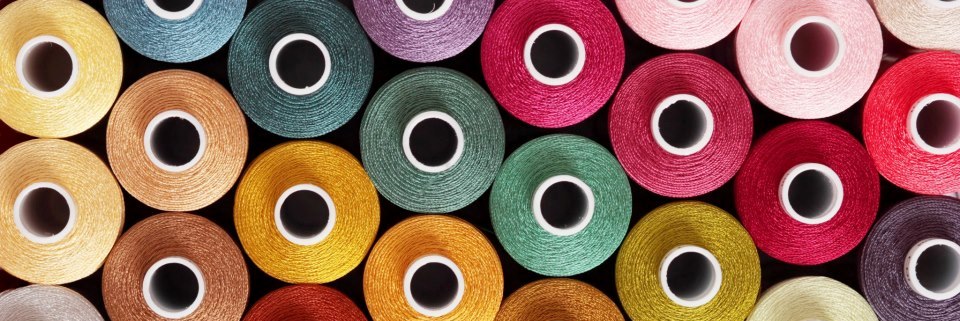

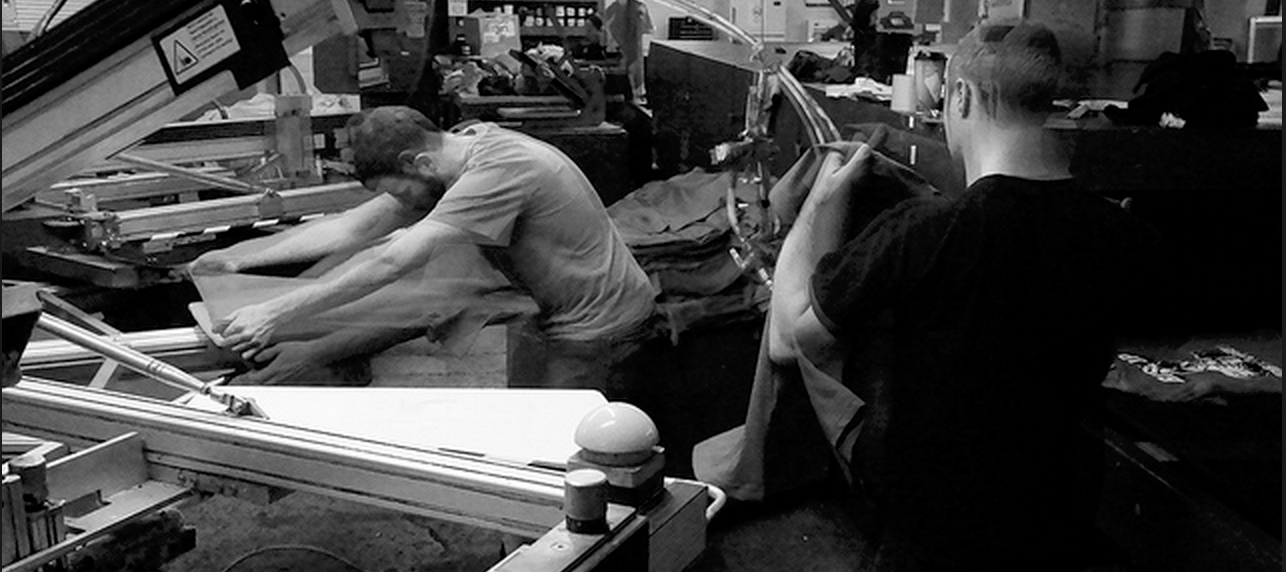
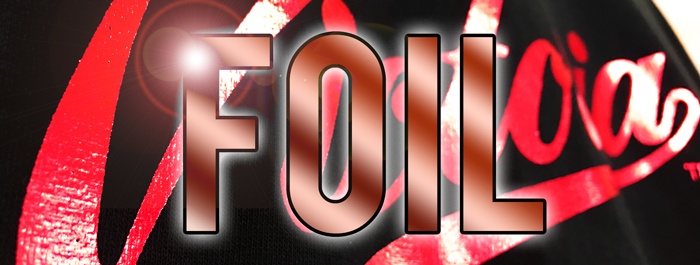
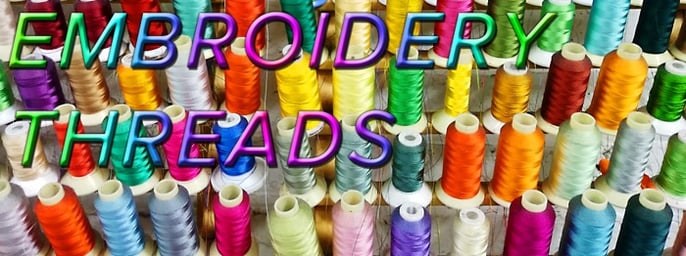

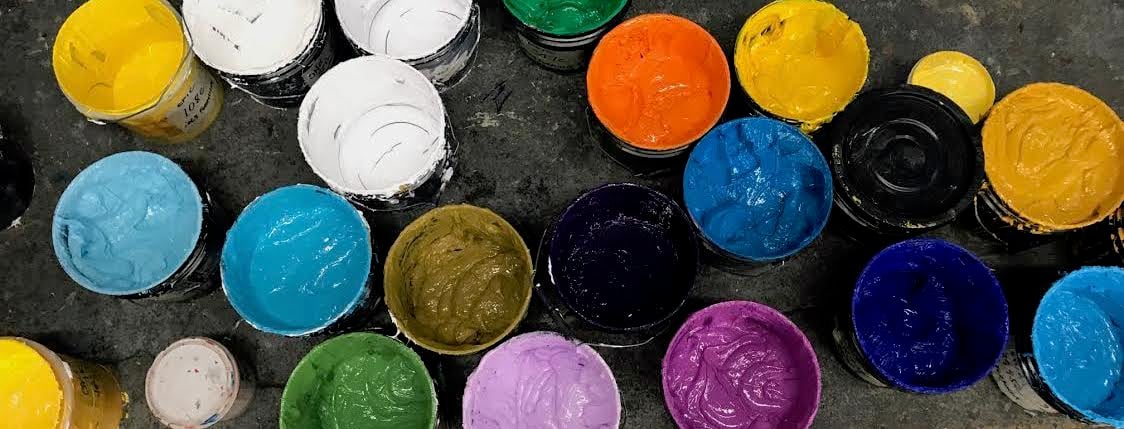
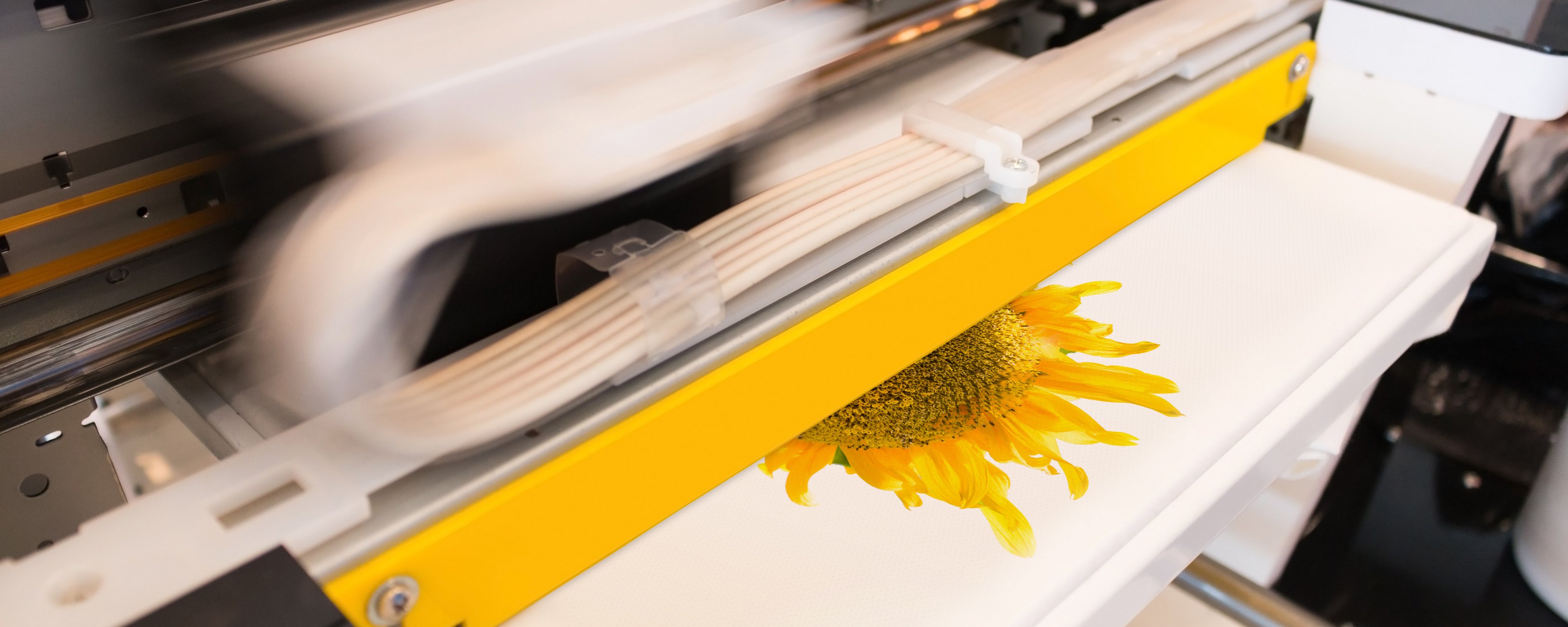
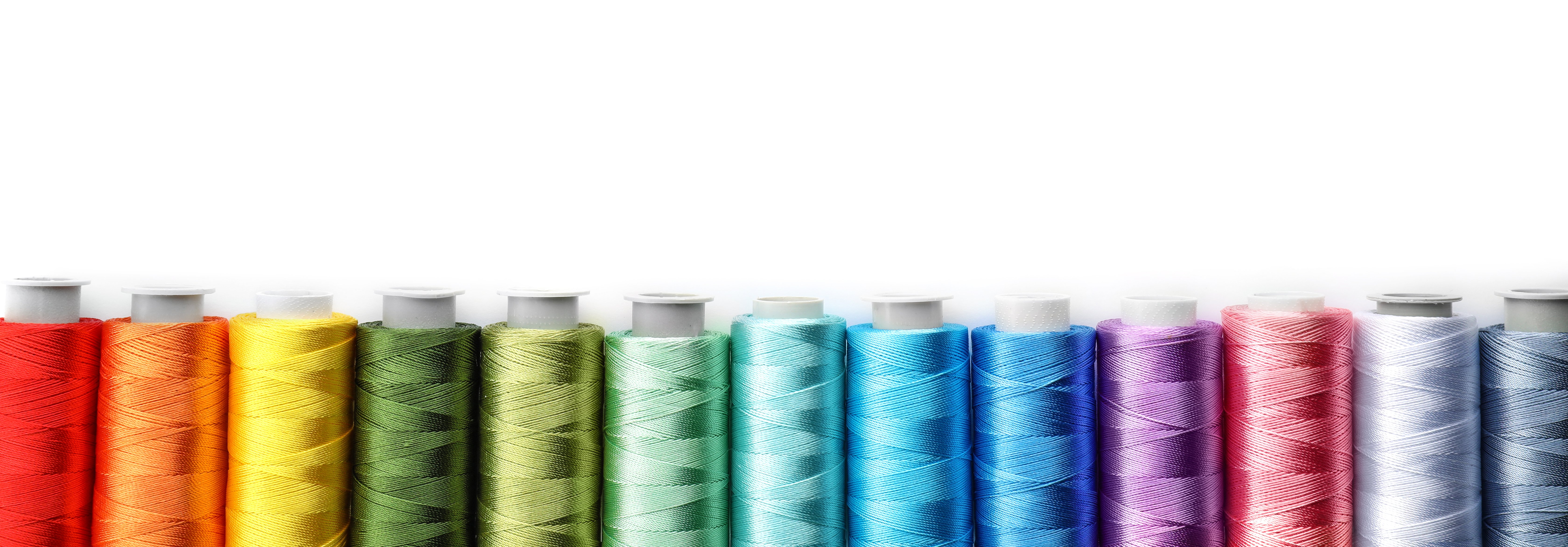
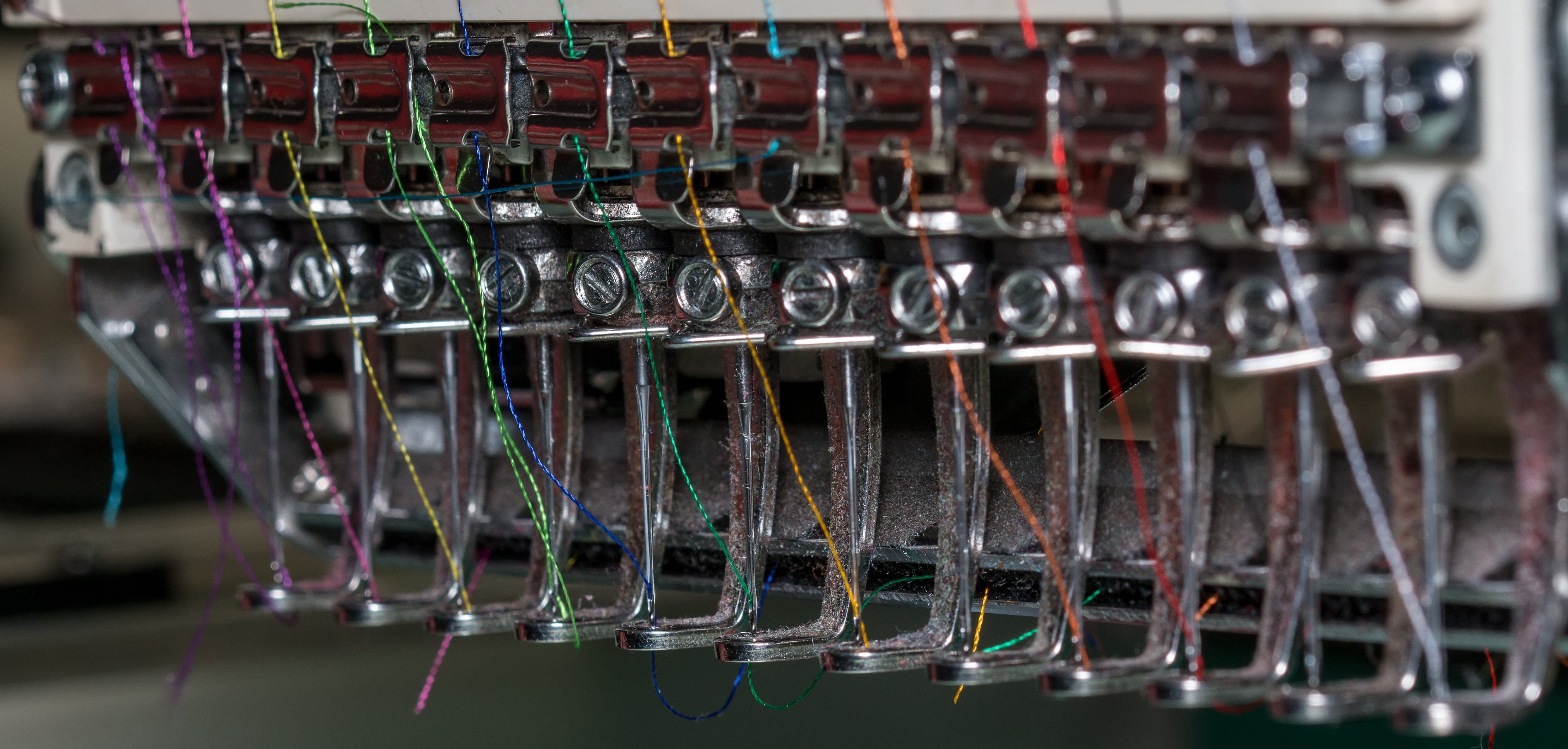
-1.png?width=280&name=Sharprint%20Decorated%20Apparel%20Logo%20(40%20KB)-1.png)